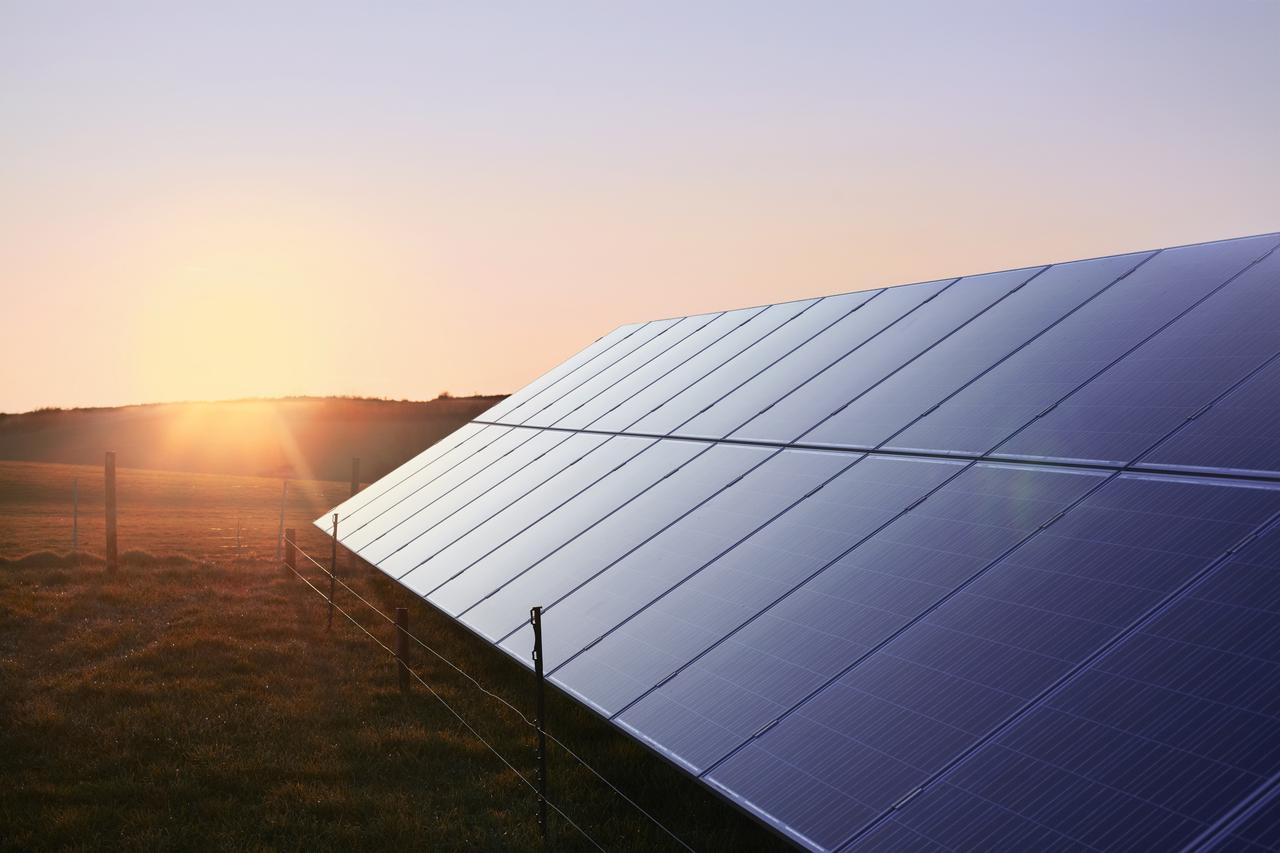

Solar Energy Everlasting in many countries
Axpo’s commitment to a more sustainable future is making a valuable contribution to the energy transition. The continued expansion of solar energy is an important part of that effort. Our expertise covers every stage in the development and operation of a solar project, including the production and supply of electricity from renewable sources and the securing of corporate power purchase agreements (PPAs).
years
experience in the solar business
MW
already developed
MW
planned capacity in Europe
Whether you are a local authority, a farmer, a landowner or an energy-intensive company, Axpo can apply our extensive experience and expertise to the successful development of your solar project:
- Guarantee a competitive price for your electricity
- Add value to your land, parking spaces and roof-tops
- Ensure additional income
- Contribute do the energy transition by producing green electricity
- Meet your Corporate Social Responsibility commitments
- Promote local job creation
We take care of all the steps necessary to realise your project, from development and construction to operation and maintenance. Always innovative, we offer cutting-edge solutions that meet the specific requirements of both customer and site. As your preferred business partner, Axpo also acts as the interface with all parties involved throughout the entire lifetime of the solar plant.
Expert in solar plant development
Axpo offers a wide range of solar projects, including PV on office buildings, industrial roofs, car parks, shopping centres, greenhouses, agri-PV, and ground-mounted systems.
The essentials about solar energy
A solar cell is about the size of the palm of your hand and consists of two layers that are two to three tenths of a millimetre thick. Today, most solar cells are made of silicon. Their basic material, quartz sand, is available in large quantities and silicon is considered to be environmentally friendly.
There are two types of solar cell: crystalline and amorphous. Crystalline cells account for the largest share of global production. Monocrystalline solar cells are manufactured from pure silicon, which is withdrawn from a silicon melt in a time-consuming and costly process, pressed into bars, and then cut into discs up to 12 centimetres in diameter. All atoms are aligned equally in the monocrystal. The blue to black cells, which also come in different colours if desired, harvest up to 24 per cent of the solar rays in the laboratory. In practice, however, efficiency is 16 to 20 per cent. Multi-crystalline solar cells consist of industrially produced polysilicon and their production is significantly less expensive than monocrystalline solar cells. They are bluish in colour and their efficiency in practice is between 11 and 14 per cent.
Amorphous solar cells are less expensive and suitable for simple applications such as a garden fountain or on large house facades. In amorphous solar cells, the electricity generating layer is steamed onto a glass plate. The atoms are no longer deposited in a crystal structure, but in a disorderly (amorphous) manner instead. Relatively little silicon is needed for this process, which lowers the price. ln comparison with the 0.2 to 0.3-millimetre thick crystalline cells, these so-called thin-layer cells measure only 0.01 to 0.05 millimetres. The cells are brown or anthracite in colour with an efficiency of 6 to 10 per cent. On gloomy days, amorphous cells deliver more electricity than others, but their efficiency drops over the years.
When the sun shines, solar panels produce electricity. Logical, isn’t it? But even on less clear days, solar cells can produce electricity, although not at full capacity. This is comparable to our skin, which reacts to solar UV rays even when it is cloudy. Around 75 percent of the electricity generated by conventional solar systems installed in the lowlands, for example, is generated from May to September. What’s more, solar plants do not produce electricity during the night. ln contrast to base load energy from hydro or nuclear power, photovoltaic power is therefore only moderately predictable and controllable.
A typical solar panel (one square metre in size) made of commercially available silicon can generate an average of 180 watts on a clear, sunny day in Switzerland. That's enough to run a laptop computer. A solar power system consisting of several panels with a size of 20 square metres produces around 3,600 kilowatt hours (kWh) of electricity per year. In comparison, an average Swiss household consumes between 4,500 to 5,000 kWh of electricity per year.
As a general rule, the output of solar modules essentially depends on the amount of sunlight (global radiation/geographical location), orientation (the more precisely the photovoltaic system is positioned at the optimum inclination angle to the south, the higher the yield) and shade (from trees, chimneys, etc.) But, of course, the quality of the solar cells also has a significant influence on the overall performance.

